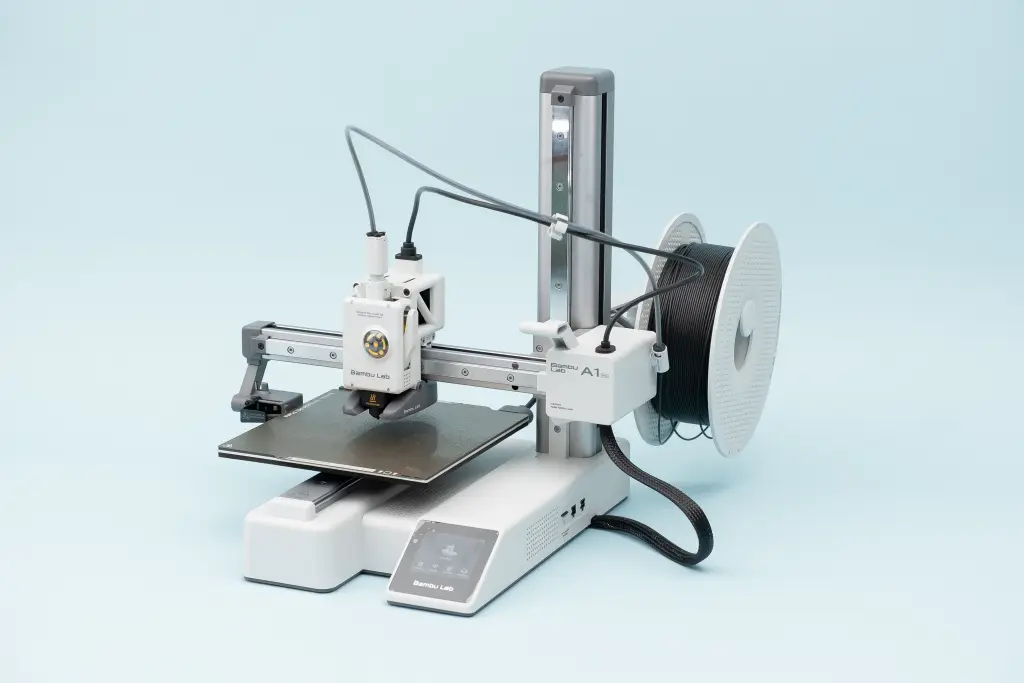The World of 3D Printing: How This Technology is Shaping Our Future
3D printing, once the stuff of science fiction, has become a transformative technology impacting a wide range of industries, from healthcare to aerospace. This exciting technology allows us to create three-dimensional objects from digital models, layer by layer, using materials like plastic, resin, metal, and even organic compounds. In this post, we’ll explore how 3D printing works, its different applications, and how it’s reshaping industries worldwide.
What is 3D Printing?
At its core, 3D printing is a process of building objects layer by layer based on precise digital blueprints. Unlike traditional “subtractive” manufacturing methods that involve cutting away from larger blocks of material, 3D printing is an “additive” process, meaning material is added only where needed. This process results in less waste and offers unprecedented control over an object’s shape and structure, making it ideal for creating complex designs that would be challenging to produce with traditional methods.
How Does 3D Printing Work?
The 3D printing process generally follows four steps:
- Designing the Model: First, a digital model of the object is created using CAD (Computer-Aided Design) software. This model serves as the blueprint, capturing the object’s shape, dimensions, and details.
- Slicing: Next, slicing software breaks the model down into thin, horizontal layers and creates instructions for the printer on how to recreate each layer. This step is crucial for guiding the 3D printer in building the object layer by layer.
- Printing: The printer then begins creating the object. Depending on the type of printer, it may use a nozzle to melt and extrude plastic (FDM), a laser to harden resin (SLA), or fuse powdered material (SLS) to form each layer.
- Post-Processing: After printing, some objects may require extra finishing steps like sanding, curing, or painting to achieve the final look or meet specific functional needs.
Types of 3D Printing Technologies
There are several different types of 3D printing technologies, each suited to particular applications:
- Fused Deposition Modeling (FDM): FDM is the most common and affordable 3D printing technology, often found in home and small business settings. It works by heating a filament of plastic and extruding it layer by layer to form the object.
- Stereolithography (SLA): SLA printers use a laser to harden liquid resin, allowing for high-precision and smooth finishes. This method is often used in industries that require detailed models, such as jewelry-making and dentistry.
- Selective Laser Sintering (SLS): SLS printers use a laser to fuse powdered material, such as nylon or metal, layer by layer. This technology is popular in industries like aerospace and automotive for producing durable, complex parts.
Applications of 3D Printing Across Industries
The adaptability of 3D printing has enabled its adoption across a range of industries, driving innovation and offering unique solutions:
- Healthcare: 3D printing is being used to create custom prosthetics, dental implants, and even models for surgical planning. It has enabled personalized healthcare solutions and allowed for faster, more affordable medical device production.
- Manufacturing: In manufacturing, 3D printing is transforming the way products are designed and produced. It allows for rapid prototyping, enabling designers to test and iterate on models faster. Many companies now use 3D printing for small-batch production of complex parts that are challenging or expensive to make with traditional methods.
- Construction: Large-scale 3D printers are being used to create houses and infrastructure components. This approach is promising as a low-cost housing solution and could be a game-changer in areas where affordable housing is urgently needed.
- Education: Schools and universities are embracing 3D printing for hands-on STEM education. Students can bring their ideas to life, learning about design, engineering, and practical problem-solving in the process.
- Art and Fashion: Artists and designers use 3D printing to create intricate, unique pieces that would be impossible to achieve with traditional crafting methods. From custom jewelry to innovative fashion, 3D printing is pushing creative boundaries.
The Future of 3D Printing
The future of 3D printing holds exciting possibilities as new materials and techniques continue to emerge. Here are some trends that could shape its development:
- Multi-Material and Hybrid Printing: The ability to print with multiple materials in a single process is advancing, allowing for more functional and complex designs. This opens up opportunities in electronics, aerospace, and medical devices, where parts require different properties within the same object.
- Bio-Printing: Scientists are working on bio-printing technology to print human tissue and organs for medical use. Though still experimental, this could revolutionize the field of organ transplantation and medical research.
- Sustainable Manufacturing: 3D printing is inherently less wasteful than traditional manufacturing, as it only uses the material required for the object. Recyclable and biodegradable materials are also becoming more common in 3D printing, making it an increasingly sustainable option.
Conclusion
3D printing is changing the way we create, design, and manufacture by making it possible to produce complex shapes, reduce waste, and provide custom solutions across industries. From healthcare to construction and beyond, the technology is advancing at a rapid pace and unlocking new possibilities for innovation. As 3D printing becomes more accessible and affordable, we can expect to see even more groundbreaking applications and shifts in how we approach production, design, and even daily life.




